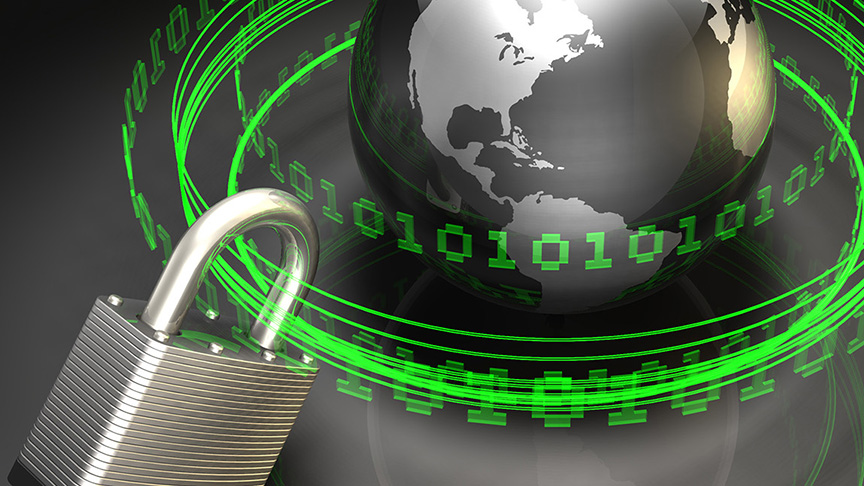This is a question that many of us perhaps take for granted. When was the last time you considered the security of your data as you transferred money online or emailed sensitive information to work colleagues? Personally, I rarely consider the risk that someone may be intercepting this data. At least I didn’t until now.
At a recent, I was alarmed to discover how accessible the fibre-tapping technology is that enables criminals to effectively eavesdrop on networks. And by accessible, I’m talking eBay. With these listening devices the potential to access corporate data and personal information is an enormous threat and no longer the realm of Bond villains.
In recent years, there have been a number of high-profile incidents involving network eavesdropping or network sniffing as some call it. The most prominent occurred in 2003, when US security forces discovered a listening device attached to Verizon’s network, placed close to the offices of a mutual fund company. Since then, there have been many other incidents, but most do not make it into the public domain.
The question that concerns me is whether network security measures are increasing at the same rate as the data that is being channelled through the world’s sea of fibre? As I highlighted in a previous post, the amount of data being generated both in business and residential markets is growing at exponential levels and shows no signs of slowing. Indeed, these figures are only going to increase as cloud services continue to grow and we begin to significantly alter the way we communicate, consume media and work.
The opportunity for cyber theft has never been so great and the enabling technology so cheap. However, it appears that steps are being taken to ensure that our data remains secure and this is occurring at all levels of a data’s journey, whether it be retina recognition for mobile devices, increased desktop security or even data encryption at the physical layer of the network. It appears that throughout the Open System Interconnection (OSI) model, data security is being enabled.
Yet it is data encryption at the physical layer that most interests me. Until now, encryption at this level of the network has been a difficult proposition, especially in regards to latency. However, if my recent IT conference is any measure, this is set to change. It will be interesting to see how effective these solutions are and the impact they have on the security of the massive amounts of data we’re generating. I suspect that I’ll be visiting this topic again in the near future.
How secure is your data? Do you ever consider the safety of global networks? Or the safety of the cloud? I’d be interested to hear your opinions on this.
